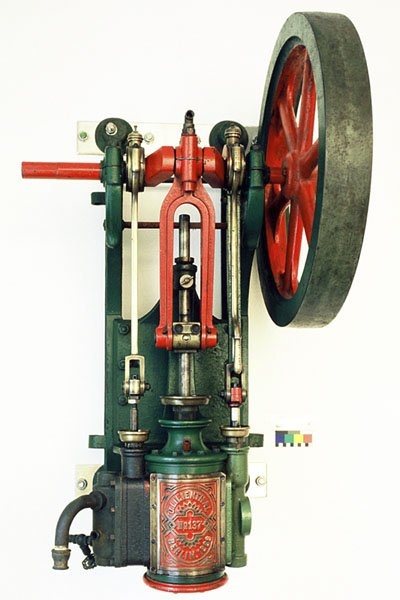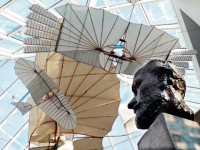Wirtschaftliche Grundlage des späteren Flugpioniers Otto Lilienthal war seine 1883 mit eigenen Patenten für gefahrlose Dampfkessel und Dampfmaschinen gegründete Maschinenfabrik.
Leichte Wanddampfmaschinen bildeten zusammen mit als gefahrlos patentierten Schlangenrohrkesseln den "Lilienthalschen Kleinmotor". Die Maschine im Otto-Lilienthal-Museum ist das weltweit einzige, in Australien erhalten gebliebene Exemplar der Kleindampfaschine, Gewicht 245 kg, Hub 150 mm, funktionstüchtig (ohne Wasserpumpe und Kessel)
en

